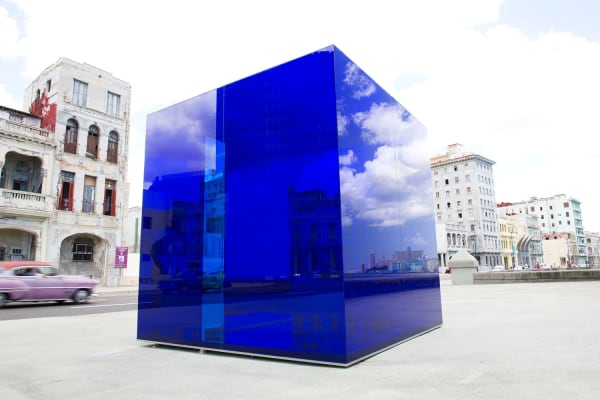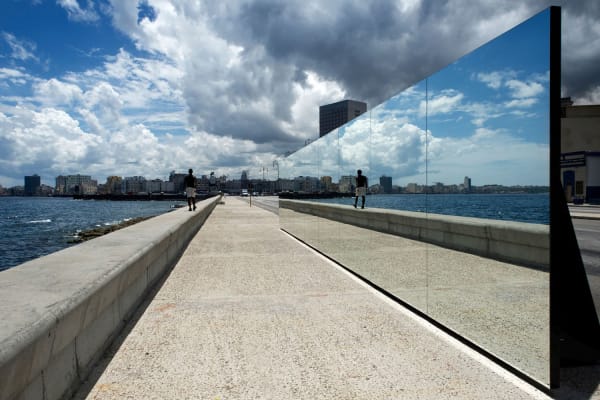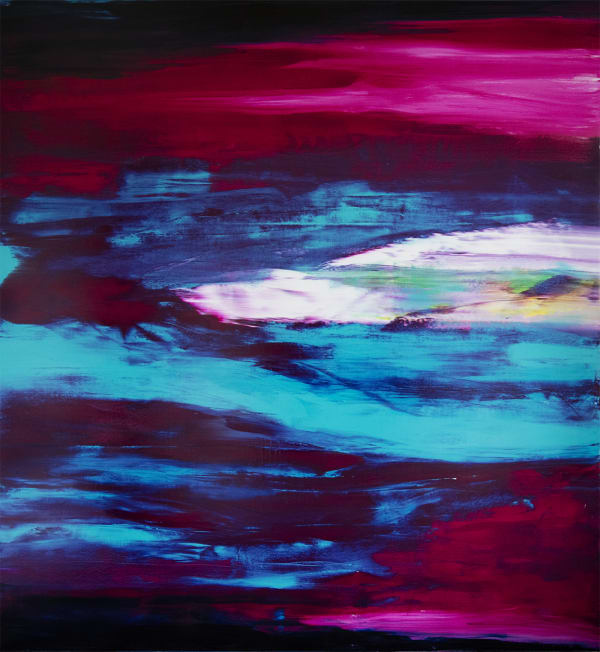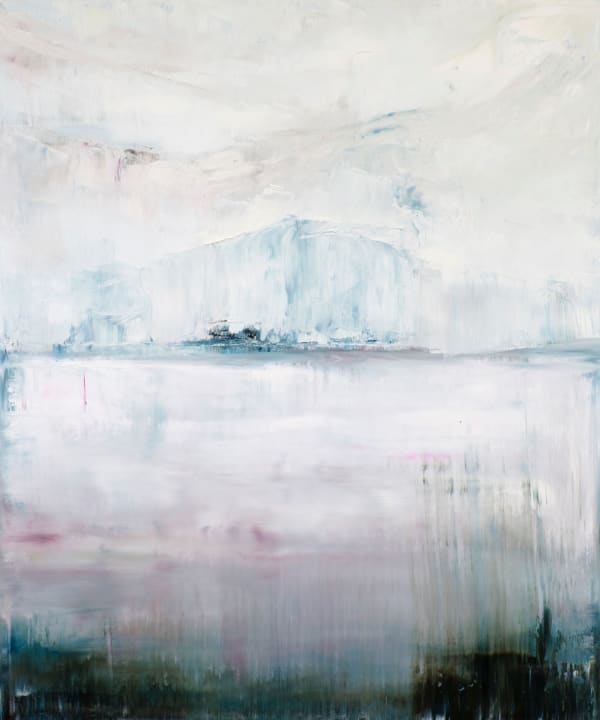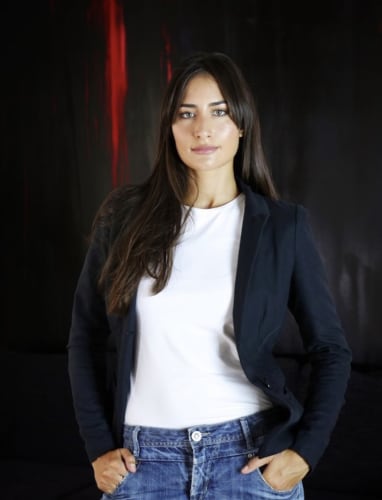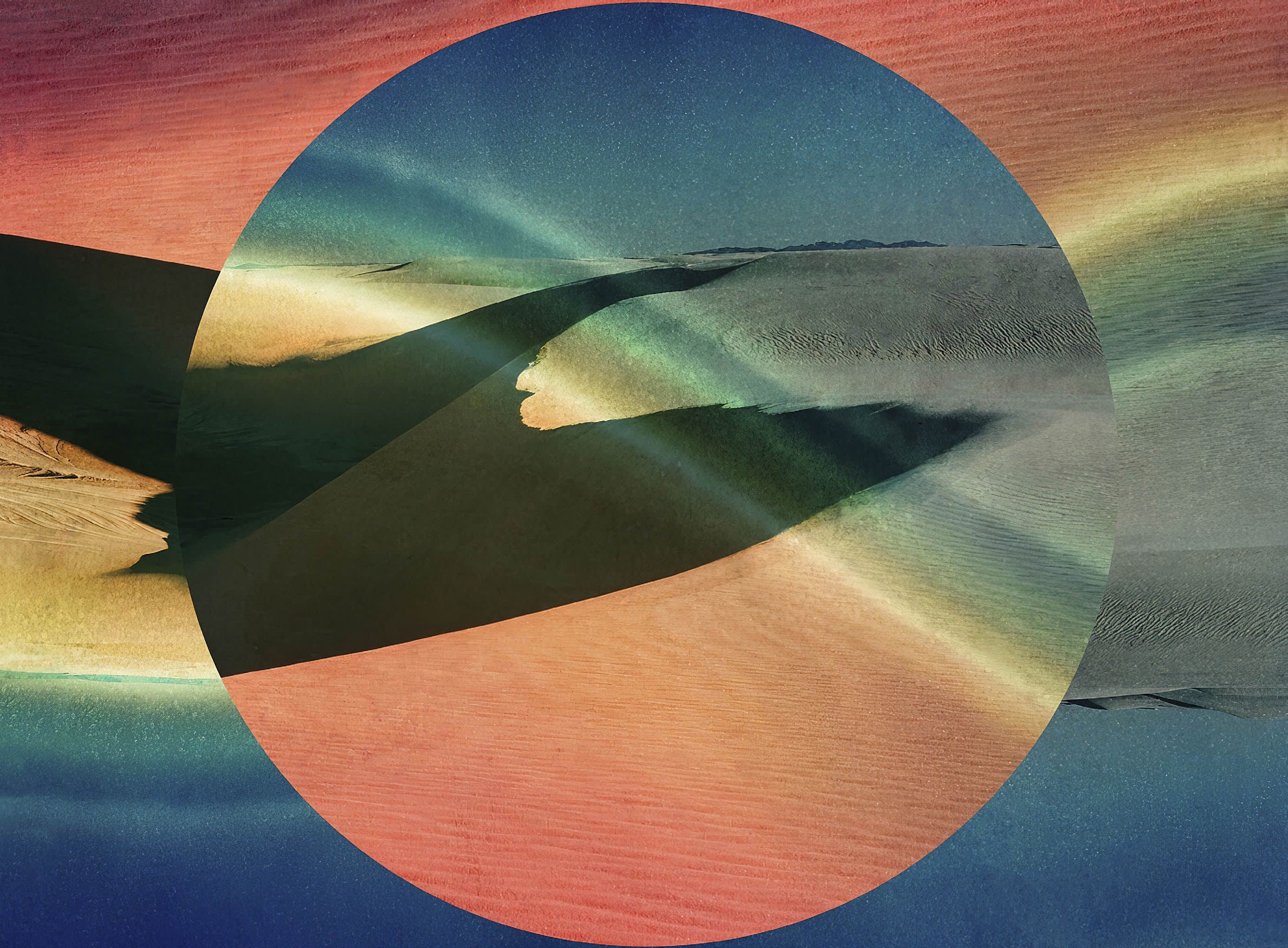Rachel Valdes
"The good thing about all of these installations, is that you never know what's going to happen until the end, you never know how it's going to look, until the end; because the space itself, is the piece.
Rachel Valdés' works expose and celebrate a duality between the tangible and the ideal, bringing them together in a way which encourages the viewer to dwell on the extent to which possibility reaches - blurring the line between that which we can see and feel, and that which we can only imagine. Her installation works are complex and varied, embracing a wide swath of different technologies and environments. Her works often find themselves placed in varied environments, from the La Habana to the rural Vermont, to the wilderness of the Pyrenees, Valdés engages with and embraces this wealth of space placing it as an essential element of her works - having both the environment and the work exist together in a symbiotic mode.
A visual artist at the beginning of her already notable career, Rachel Valdés lives and works between Havana, Cuba and Barcelona, Spain. She graduated from the Academia de Bellas Artes San Alejandro in Havana, Cuba. Unbound by the restrictive need to express herself in only one medium, Valdés creates spectacular installations around the world that emphasize possibility and tie their viewers to their environment and to themselves. Her artworks and their audiences enhance one another through their relationship, however momentary it may be. The dynamics created by the participation of the audience with the works of art allow for a rich social experience, as well as the potential for a peaceful contemplative one. As a result of their non-objective, reflective nature, the installations can adapt to a multitude of environments and have been successfully exhibited in both urban and rural settings. Works such as Infinite Composition involve both light and sound elements, and these elements could be combined with a mirror exterior like that of The Beginning of the End for a new, multi-dimensional, immersive installation. At once evocative of mirrors and windows, striking works such as Happily Ever After and Blue Cube are undoubtedly contemporary statements that fit smoothly into elegant, bucolic environs and more urban settings. Due to the participatory nature of Valdés’ works, any individual is able to have an interaction with them as they effortlessly shift between a variety of events. Both the artist and Ministry of Nomads believe in creating cross-cultural dialogue for mutual benefit and inspiring exploration. The installations themselves are landscapes, and the addition of Valdés’ multifaceted work Reality into beautifully constructed landscapes refracts views in such a way as to enrich the understanding a perception of the surrounding spaces while allowing the viewers to interact with one another around the multidimensional aspects of the work. Enriching the singular vistas and the visitors’ interaction with them and with each other is a unique strength of Valdés’ installations. The works reflect and refract the beauty in which they are placed, and would thus heighten the wonder and creativity already present in the striking landscapes in which they are presented.

